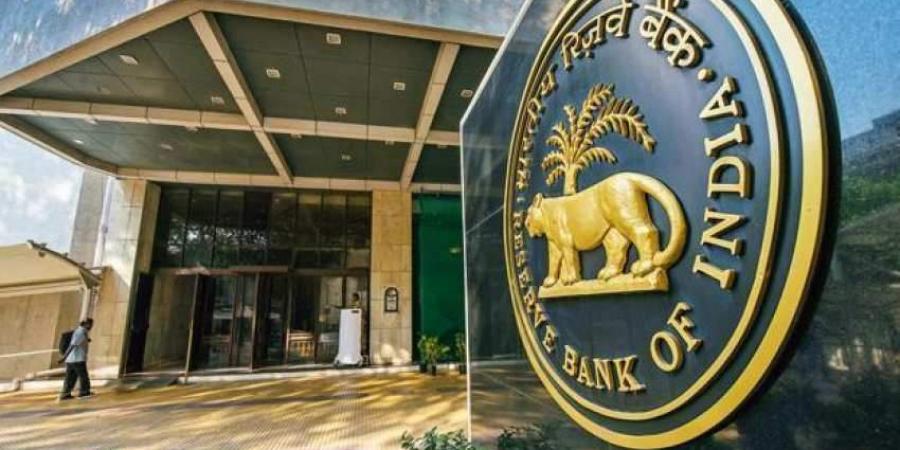These five banks -- HDFC Bank, ICICI Bank, Axis Bank, Kotak Mahindra Bank and IndusInd Bank -- collectively control a quarter of the system and three-fourths of the private banking space, according to a report by India Ratings on Friday.
'We forecast FY21 slippages to nearly double to around 5 per cent for these banks from 2.3 per cent in FY19 and 2.7 per cent in FY20, even though net slippages would be lower if refinancing remains a challenge, resulting in a 4 per cent contraction in their net interest margin,' says the report.
As loan demand remains tepid, banks are parking their excess liquidity in low yielding alternatives such as government bonds and top-rated corporate securities due to their higher credit risk perception and widening duration spreads, even as deposit inflows have been robust.
On the other hand, growth in deposits for these top five private banks in FY20 was 18.8 per cent which was 18.5 per cent in FY19, while loan growth declined to 15 per cent from 19.1 per cent during this period. Additionally, the Reserve Bank has injected Rs 1.7 lakh crore of liquidity into the system over the last six months through open market operations and secondary market purchases.
Without quantifying, the report expects a significant spike in delinquent assets due to the deep troubles the economy is facing due to the impact of the GDP destruction on the banking sector in the aftermath of COVID-19 pandemic.
Additionally, banks have moved a large amount of the surplus liquidity into reverse repo where the rates have declined by 215 bps in the last one year, yielding 3.35 per cent and with cost of funds falling to 5-6 per cent, this could result in a negative carry.
Over FY17-FY20, net advances of these five private banks and bank credit grew at a CAGR of 15.7 per cent and 9.1 per cent, respectively, while the unsecured retail portfolio grew at a CAGR of 21.8 per cent, and these give banks have increased the proportion of unsecured retail portfolio over the same period.
Analysts at the agency also expect pre-provisioning operating profit or operating buffers of these lenders to be about 80 bps lower than their steady state pre-provisioning operating profit, which in FY20 was 4.9 per cent which may curtail their ability to withstand credit costs without capital erosion, the report warned.
Analysts at the agency attributed fall in operating buffers as outcomes of lower portfolio yields due to an increase in slippages; poor loan growth and transaction volumes and the resultant lower fee and other income; slower pace of repricing for deposits reflecting the falling interest rates; and higher liquidity deployed in low earning government securities or under reverse repos.
Stating that the impact of the rising bad loans “will not be benign,” the report notes that this comes at a time when sector was putting its house in order after the last six painful years on the corporate side, even though retail, SME and agri loans were already showing up pain areas before the pandemic hit all of us.
































